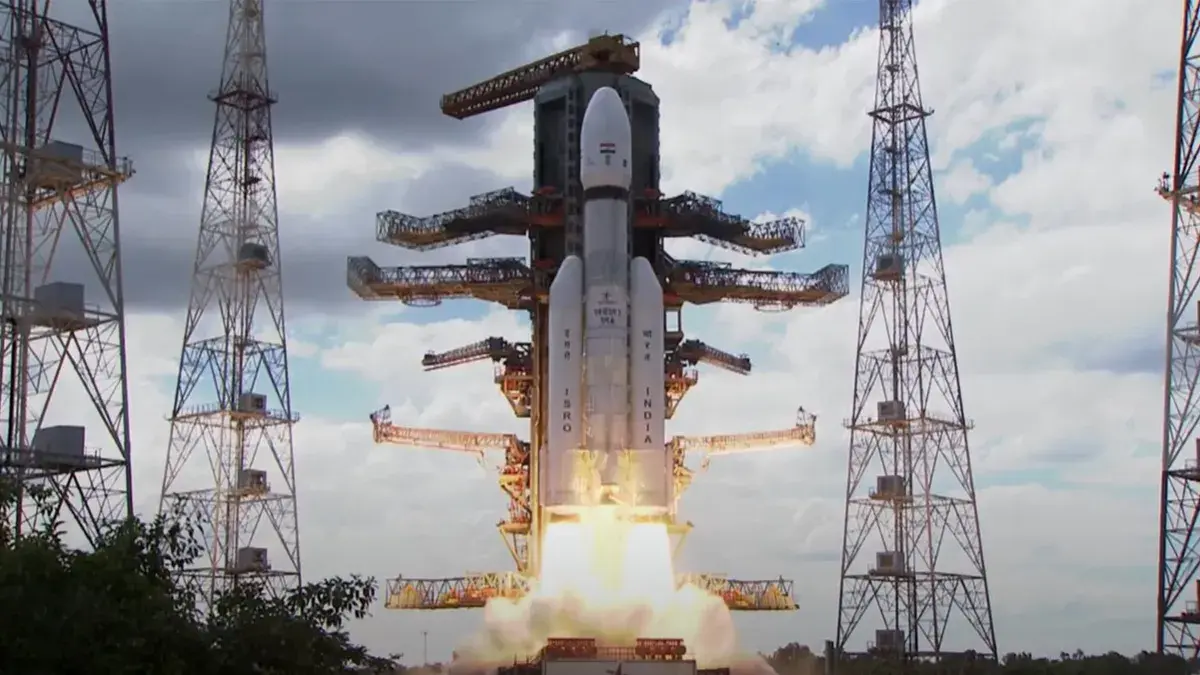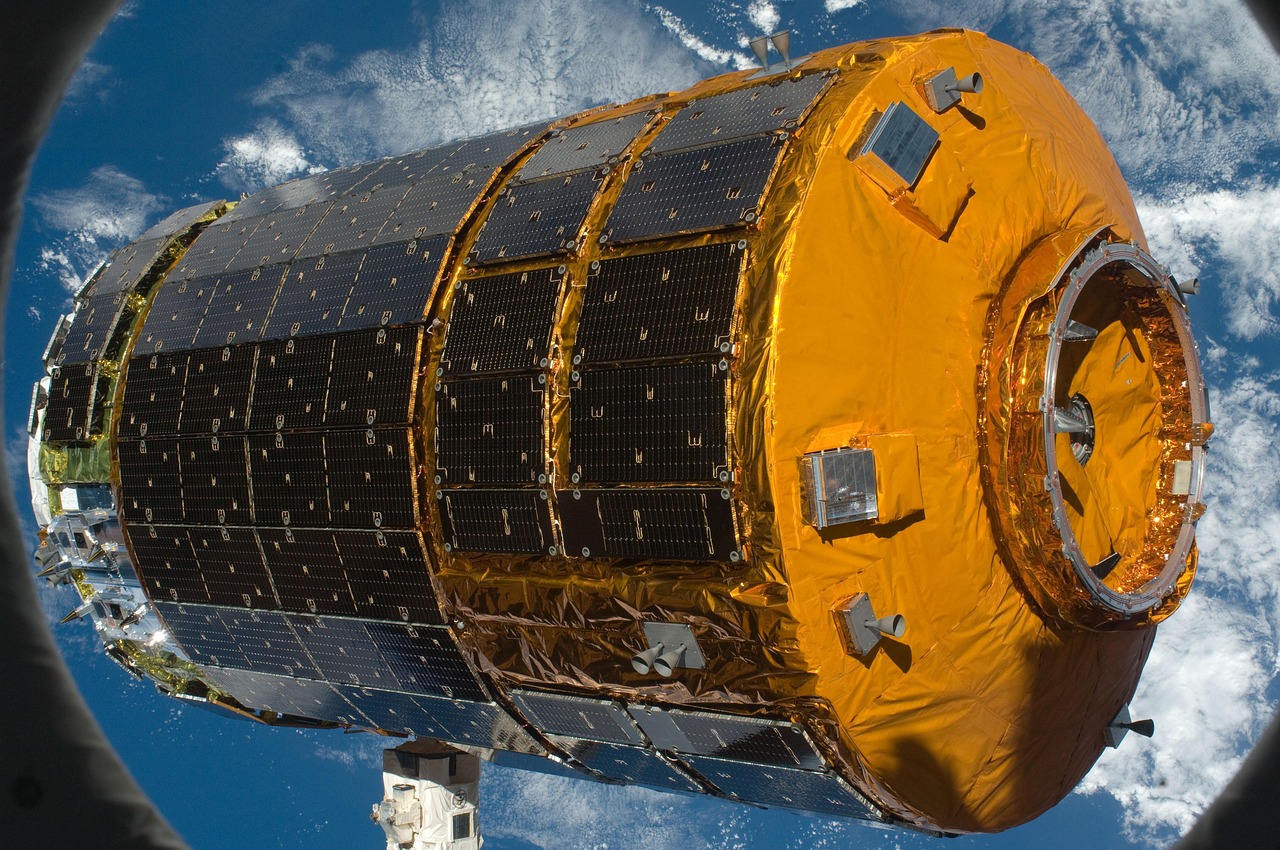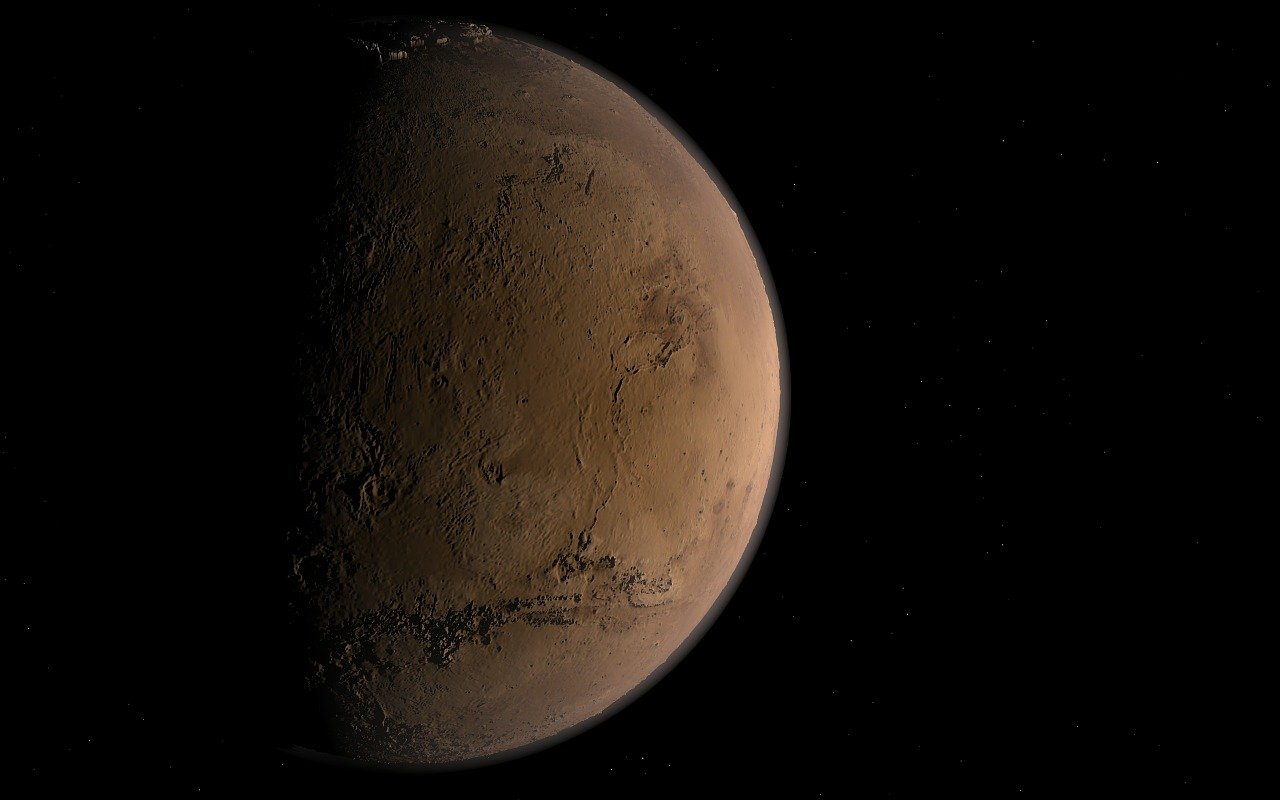The Indian Space Research Organization (ISRO) kicked off 2024 with a celestial bang, launching its first-ever X-ray space telescope on January 1. The mission promises to cast light on the mysteries of cosmic X-ray sources like black holes in the year ahead.
ISRO’s dependable workhorse, the Polar Satellite Launch Vehicle (PSLV), achieved a remarkable feat as it soared into the skies for its 60th mission. The PSLV, a testament to ISRO’s reliability in space launches, carried the XPoSat (X-ray Polarimeter Satellite) as well as 10 other satellites on this journey.
XPoSat is the World’s Second X-ray Polarimetry Mission Following NASA’s IXPE Launch in 2021.
The X-ray Polarimeter Satellite, weighing 882 pounds, is equipped with two primary payloads designed for scientific measurements: POLIX (Polarimeter Instrument in X-rays) and XSPECT (X-ray Spectroscopy and Timing). As India’s inaugural XPoSat mission, its objective is to explore the polarization of powerful X-ray sources as well as delve into the mysterious world of black holes, neutron stars, active galactic nuclei, and magnetars.
ISRO’s Lunar Triumph and Solar Milestone in 2023
In 2023, ISRO achieved the first soft landing near the moon’s south pole, making history. It positioned India as the fourth country globally to achieve a soft lunar landing, alongside the former Soviet Union, the U.S., and China. Simultaneously, India ventured further into space exploration with the successful launch of its first solar observatory, Aditya-L1.
India is actively pursuing ambitious space projects, with plans to launch its first space station module by 2028.







